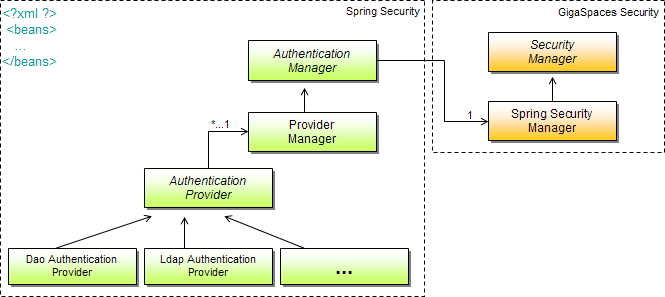
MuleSoft comes with a new update that is Mule 4. In this year several updates have taken place in different technologies such as Tableau, Java, Selenium, Salesforces, Mulesoft and so on. If you want more updates on other technologies to go through the previous blog on our website. Then coming to this blog, it explains the new update on Mule 4. Before going to the Mule 4, know some information on Mule. MuleSoft is an Enterprise service bus, which means to communicate messages from one component to other. It works on the basics on outbound and inbound messages by the help of several connectors meant for different types of request like JMS, Http, etc.
Mule application is "flow" the data can route and transfer between systems with high reliability and availability. To know more easily take an example, examine a company that has several branches, like as a bank. In this case, it can use connecting all branches in together by routing data to and from them Mule can allow the companies to integrate the data throughout all branches. MuleSoft is used for faster development purpose. Let's take an attention to know What's New in Mule 4?
Get in touch with Online IT Guru for mastering the MuleSoft Online Training
What's New in Mule 4?
MuleSoft very excited to announce a new update Mule 4. Mule's 4 simplified languages and decreases the complexity allow speed up the on-ramping process and carry application with high speed. It can increase the application development velocity some steps are there to learn: clear access to data, smoother upgrade process, and automatic tuning. The Mule 4 release is very special to the MuleSoft, why because it involved a huge public beta program. From last months on wards Mule 4 has been tested and tried several times by the developers around the world. At the last, MuleSoft very excited to hear the news from the developers is Mule 4 represent simple learning experiences. Since the major release of Mule 3.0, it develops a lot. These are some developments: power secure SaaS integration, growing to solve settlement modernization projects and provide full API life-cycle management.
Mule 4: Boost developer velocity
In Mule 4, DataWeave is a default expression language. Combines with built-in streaming capabilities, DataWeave clears several company tasks.
Access data without transformation:
From now user no need to convert data into a set of object to access it; instead, they could write expressions which access the data stored in JSON, CSV, XML or some other forms by directly.
Simplified syntax:
Everything now as a function. Making Data-weave to easier to learn.
New advanced capabilities:
Support to call Java functions directly, use multi-line comments, and pointed variable type and function type with type interface.
Design time error handling and new try scope
Mule 4 introduces a new way to manage the errors by using this process do not deal with Java exceptions directly. By this error concept, we discover possible errors at design time and catch them. Exception strategies are replaced by error handlers to catch the errors. There is also new Try Scope, it allows users to handle each error in the middle of the flow without having created a new flow.
Mule SDK:
Mule SDK enables developers to very easily enlarge Mule and create new Mule modules which can share Any Point Exchange. It provides a single way to extend Mule, satisfy regularity and upgrade ability of components.
Transactions support
Dynamic configuration
Classloading isolation
Request-Response message source support
Router support
Non Blocking operations
The SDK does not generate code
In Mule 3, batch jobs were high in trouble, similar flows. But now they simplified that one come with a scope that can live inside a flow-invoke dynamically, making easier to understand. Just use flow variables directly this decreases the complexity and make very easy to learn how to write batch jobs. This What new update from MuleSoft. I hope this information gives some idea on What's New in Mule 4?
Recommended audience:
Software developers
Project managers
Non- technical people
Prerequisites:
It’s very good to have knowledge on programming languages like JAVA and a basic understanding of data formats such as CSV, JSON, and XML typical integration technologies such as HTTP, REST, JMS, JDBC, and SOAP. Trainers are in Onlineitguru will teach each and everything to you if you don’t have knowledge of above technologies don't worry.
Master in Mule soft through MuleSoft Online Course.
